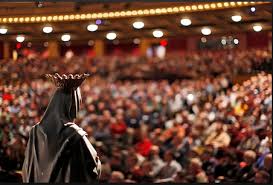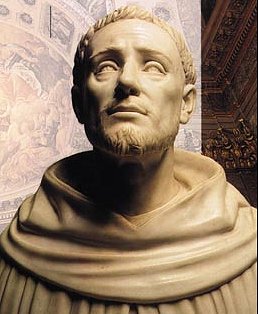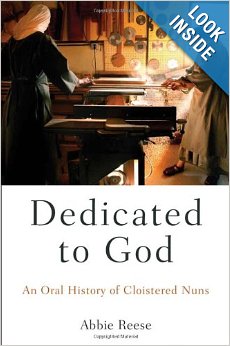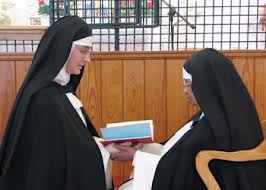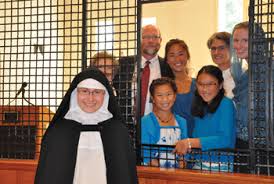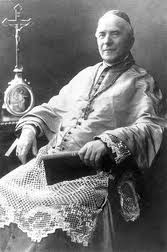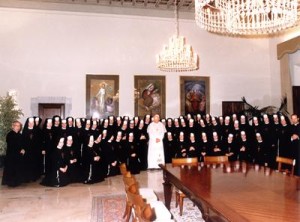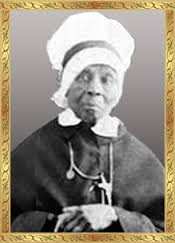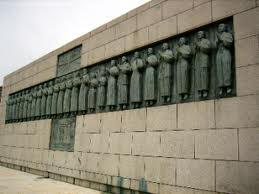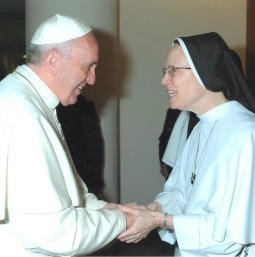
This week, the National Catholic Register interviewed Sister Joseph Andrew, OP, Vocation Director for the Dominican Sisters of Mary, Mother of the Eucharist. Founded in 1997, the sisters have grown from 4 to 120 members. The sisters teach in schools in 8 states and the demand for the teaching sisters is stronger than they can fulfill. They have also outgrown the Motherhouse in Ann Arbor, MI.
When asked the secret to their success, Sr. Joseph Andrew gave the following reasons:
- They are daughters of the Church, striving to follow their founding charism.
- The community is truly a joy-filled family, where love prevails.
- They have a future. They are youthful.
- They have a strong prayer life. As Dominicans, they pray first, then teach.
- They wear a habit which attracts others. People are hungry for God.
- They have a daily Holy Hour. The Eucharist defines who they are.
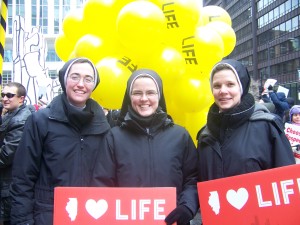
As Catholic Schools Week draws to a close, let us pray with the sisters who invoked St. Thomas Aquinas, the great Dominican theologian and Doctor of the Church:
O God, through the intercession of St. Thomas Aquinas, continue to bless their mission to bring a strong Catholic education and the witness of religious life to more children. Amen.
